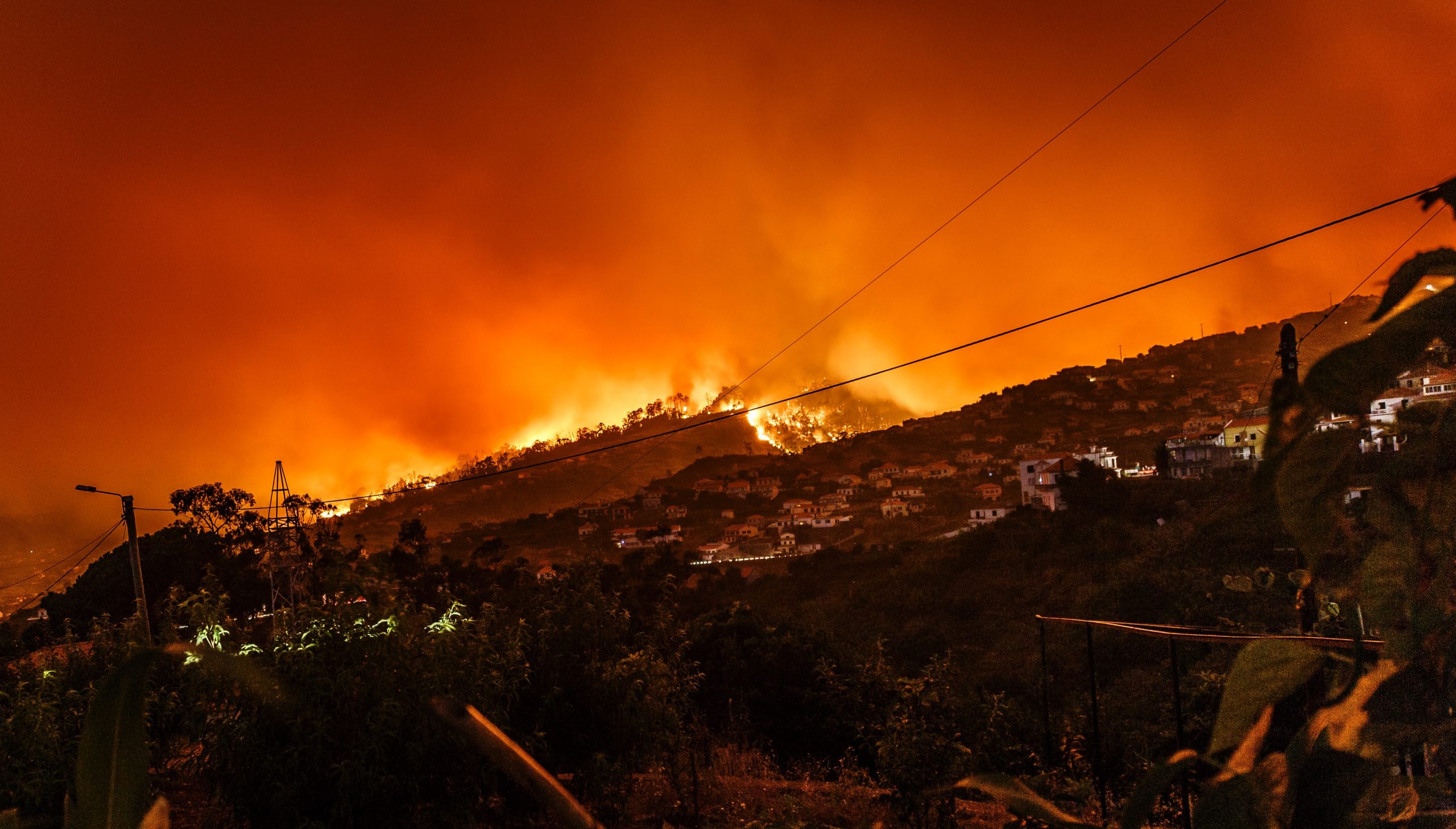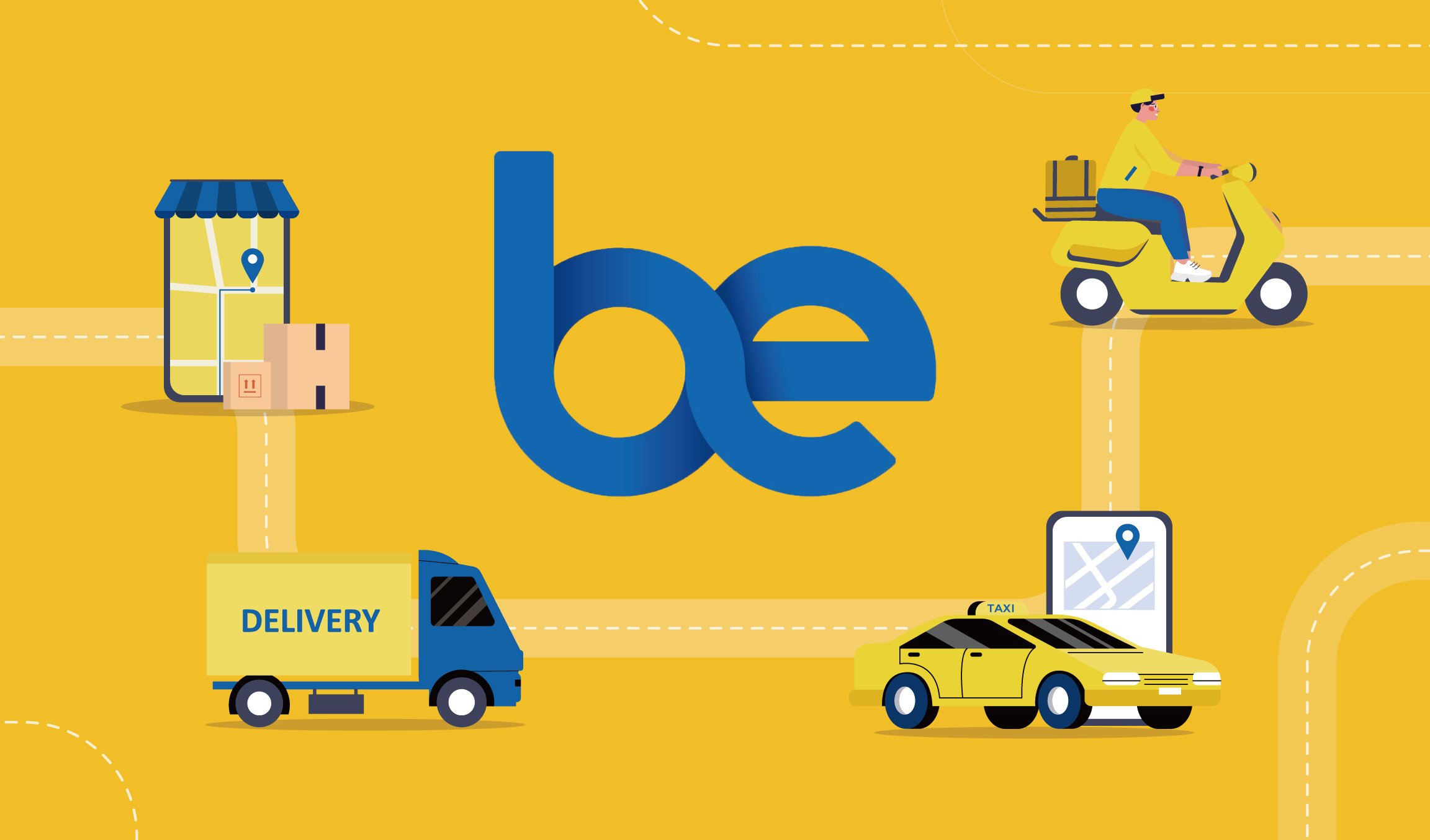10 years after the Great East Japan Earthquake, Appier proposes the use of AI for disaster prevention
―Recognise the value of Computer Vision, NLP, 5G, and sensing Technology―
Appier, an artificial intelligence (AI) technology company, today announced that its Chief AI Scientist, Min Sun, has published his insights and predictions on how AI can contribute to disaster prevention and mitigation. It has been 10 years since the Great East Japan Earthquake in 2011, and the evolution of AI in disaster prevention and mitigation will be read through examples of AI technologies such as computer vision (image recognition technology) and natural language processing.
1.10 years after the Great East Japan Earthquake, AI technology for disaster prevention and mitigation is evolving.
Since the occurrence of the Great East Japan Earthquake, the quality and quantity of research on disaster prevention and mitigation has improved at various institutions, including universities and public research institutes. More than 90% of the damage caused by the Great East Japan Earthquake was due to tsunamis, but the tsunami early warning system at that time could not predict how high to evacuate to for safety.
Now, AI models for tsunami prediction can be trained using supercomputer simulators, and training data can be generated and run on a PC with high energy efficiency and accuracy.
However, since tsunamis occur infrequently, there are few opportunities to evaluate the AI model and understand the robustness of the prediction (the degree to which it is not easily affected by external factors).
The combination of physics-based modeling and machine learning can be used to predict not only tsunamis and floods, but also many other natural disasters such as wildfires and landslides with higher accuracy," said Min Sun.
2.Computer vision and natural language processing for disaster prevention and mitigation of natural disasters.
AI technologies of various scales and types are being used in protecting people, communities, and businesses from natural disasters.
Computer vision is widely used to extract insights from remote sensing data (real-time data sent from remote locations) such as satellite and aerial images.
Examples include "Landslide Susceptibility Mapping - Machine Learning and Ensemble Learning Based on Remotely Sensed Big Data" by Toshihiko Yamazaki, an associate professor at the University of Tokyo's Graduate School of Information Science and Technology, and "Preliminary Results from a Wildfire Detection System Using Deep Learning on Remote Camera Images" by Lawrence Berkeley National Laboratory. In addition, natural language processing, which can detect trends on social media, can be used for disaster prevention and mitigation by detecting trends in the spread of diseases and the state of people.
Min Sun said, "AI is the key to transforming remote sensing data acquired in real time into insights that predict our behavior. In the future, AI will be able to make further use of rich data from hyperspectral imagery (images taken by spectating light at different wavelengths and used for various analytical, research, and industrial applications) and the latest data from aerial sensors and low-orbit satellites.
To build practical computer vision and natural language processing systems, we need to move from laboratory experiments to systems that are fed new data, such as updated satellite imagery, to continuously make predictions and help customers, such as governments and private companies, take action. There must be a mechanism to monitor the system and allow for dynamic improvements in performance. Sustainable funding from governments and the private sector is essential for the operation of such systems.
For example, government resources will be prioritized to build a landslide susceptibility prediction system, which will ensure the safety of roads and local residents. A "wildfire detection system" can also be used to predict evacuation methods as well as allocate resources to areas that can fight fires before they spread, thus providing more security to local residents.
3.Predicting the use of AI for disaster prevention and mitigation
The key to all AI applications is data. We need more and more useful data collected through remote sensing and IoT devices. More investment in infrastructure such as 5G will be needed to collect and unify this data," said Min Sun.
Combining AI with physics-based modeling and traditional risk management techniques is critical to building end-to-end systems that solve the need for disaster prevention, prediction and mitigation. Current 4G infrastructure is concentrated in urban areas and is inadequate in rural areas. IoT devices that sense water levels and raindrops in rural areas face challenges such as poor Internet connectivity to ensure data synchronization.
Min Sun suggests that the solution to these problems is to secure a reliable data source and a group of experts to monitor and maintain the system. In order to identify the most valuable actions for each AI capability, such as computer vision and natural language processing, using experts in the respective fields and domains will enable more effective and efficient problem solving. The technology is ready, as various experiments and system test runs have been conducted by the research community, and various promising results have been obtained. On the other hand, it is also noted that disaster prevention and mitigation are likely to be prioritized in regions with ample financial resources, as funds are needed to operate the system to provide continuous services.


%20(1).jpg?width=4000&height=2668&name=0526_201%20(1)%20(1).jpg)
